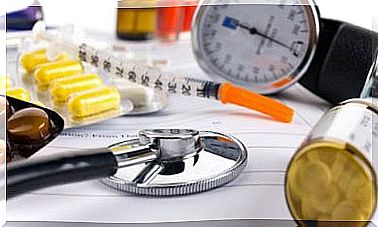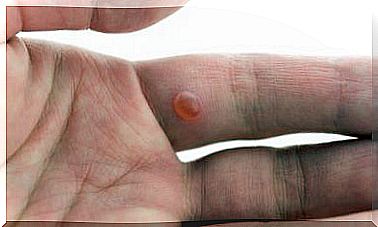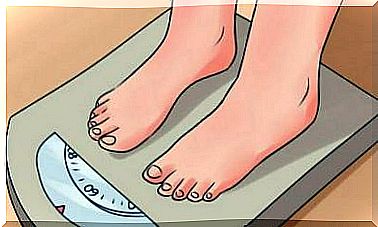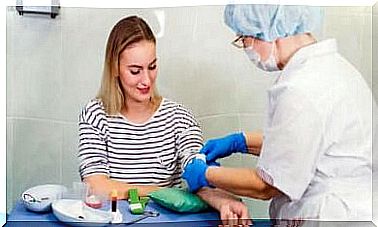Blood Poisoning In Infants And Children: Warning Signs And Symptoms
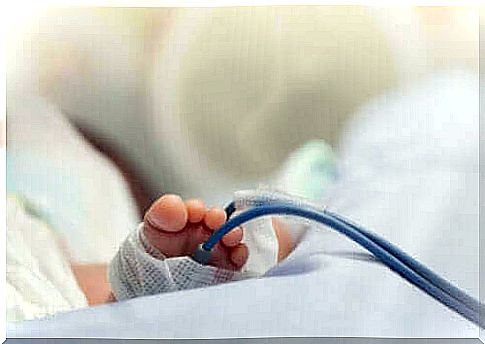
Blood poisoning in infants and children is a serious illness that can lead to death in some cases. It is a situation that requires urgent care, where time matters. For this reason, it is very important to know the warning signs of sepsis.
Individuals with a weakened immune system are at greatest risk. This serious condition is more common in the elderly, those with chronic illnesses, and those who have suffered significant bodily injury.
What is sepsis?
Blood poisoning is also called SIRS (systemic inflammatory response syndrome). It occurs when the body responds disproportionately to the infection. While anyone can get sepsis, in babies and young children, it has its own characteristics.
First, it usually releases chemicals into the bloodstream to fight infection, which results in an inflammatory condition throughout the body. As a result, tissue and organ damage occurs, which in turn can lead to multiorgan failure.
This abnormal reaction of the immune system affects many different functions: the heart and blood vessels, nerve cells, hormones, metabolism, blood clotting, and energy production. In the most extreme cases, it leads to death.
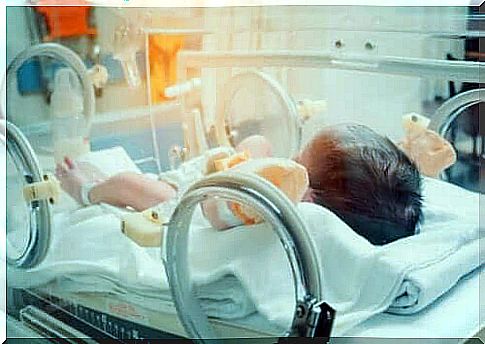
Classification and manifestations
Blood poisoning is classified according to how severe it is, how many organs it has affected, and how the body responds to medications prescribed by a doctor. There are the following types of sepsis:
- Simple sepsis. The disease has not damaged any organs.
- Severe sepsis. When at least one organ is failing or the patient has significant blood pressure drops that can be corrected with medication.
- Septic shock. There has been a significant drop in blood pressure, which should be treated immediately with appropriate medications.
Infant and child sepsis is classified into two main types:
- Neonatal sepsis. Affects the baby soon after birth, no later than 90 days after birth. If it breaks out right in the first few days, it is early sepsis.
- Blood poisoning in older children. Occurs in children over three months of age.
Blood poisoning in infants and children: warning signs
Blood poisoning in infants and children is a serious condition that can be treated. The most important thing is to go to the hospital as soon as possible – early detection of sepsis is often a matter of life and death.
In most cases, sepsis is preceded by an infection that may be located in the urinary tract, skin, bones, or lungs. Here, it is good to point out that premature babies and underweight babies are more likely to get sepsis. Age is a risk factor.
The main symptoms are as follows:
- Fever or abnormally low body temperature
- Fast heart rate
- Condensed breathing
- Cold hands and feet
- Wet skin
- General confusion, dizziness and confusion
- Shortness of breath
- Nausea and vomiting
Attention should also be paid to certain warning signs, all of which indicate a serious condition that requires treatment as soon as possible.
If more than one of these signs and symptoms occurs at the same time, you should go to the hospital immediately. When a child is weak, unwell or looks sick, even in this situation, diagnosis and treatment should be obtained more quickly.
One sign of a serious situation is that the baby’s diaper stays dry for more than 12 hours as it tells of dehydration and the body’s efforts to retain fluid. This is associated with a collapse in blood pressure and decreased renal blood flow.

Blood poisoning in infants and children: prevention
There are two ways to prevent sepsis in babies and children:
- Primary. Immunization by administration of vaccines.
- Secondary. Long-term antimicrobial prophylaxis and administration of antibiotics, antivirals and antifungals, especially in patients with a weakened immune system.
The World Health Organization (WHO) has published a series of recommendations to help families prevent sepsis, especially in infants and children. It is worth mentioning that this disease affects three million newborns and 1.2 million older children each year.
The main methods of prevention are:
- Good hygiene habits
- Use of clean drinking water
- Safe food preparation
- Mandatory vaccination on schedule
- Appropriate sanitation services
WHO reminds health care staff to keep in mind five moments that require particularly good hand hygiene. They should also keep the work environment clean, periodically request infection control tools, and apply the infection prevention protocol whenever the patient is being treated.


